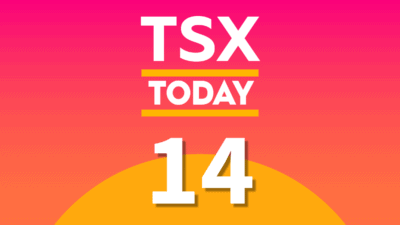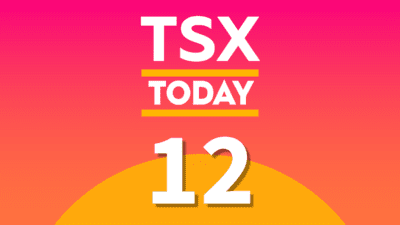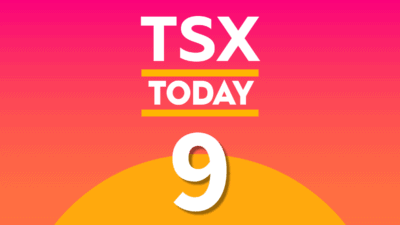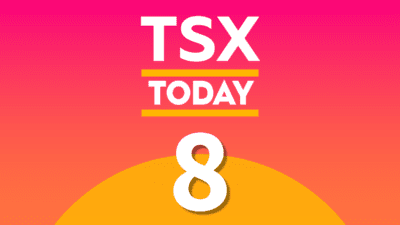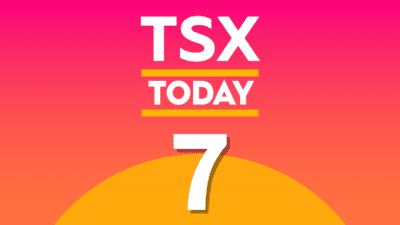The Canadian government introduced the one-time grocery rebate in 2023 to offer financial support to low- and modest-income Canadians. The rebate aims to help individuals and households cope with inflationary pressures on essential food items.
The Canada Revenue Agency (CRA) has not yet announced a grocery rebate for 2024. However, as low-income Canadian households struggle to meet monthly expenses, a similar rebate can be expected soon.
Last year, eligible Canadians received the grocery rebate payment in July 2023, alongside the GST/HST credit, which ranged between $234 and $628. A single individual with no child would have received $234, while a married couple with four children would receive $628.
What is the grocery rebate in Canada?
The grocery rebate was a one-time payment made to eligible Canadians to assist them with the rising cost of groceries. To qualify for the rebate, the recipient should be over the age of 19 and entitled to receive the GST/HST credit. The income threshold for individuals was $45,000, while for a married couple, the combined income threshold stood at $65,000.
According to a report from Agri-Food Analytics, an average family of four in Canada is expected to spend close to $16,300 on food supplies in 2024, up $702 year over year. The most significant price increases are in categories such as bakery, vegetables, and meat.
The rising cost of essentials such as food might prompt the Canadian government to introduce a similar rebate in 2024.
Take advantage of these benefits and build wealth
The rising cost of food products and other essential items has made it difficult for low- and modest-income Canadian households to invest a meaningful portion of their savings. Steep inflation rates have meant the savings rate for Canadian households has fallen from 8.8% in the first quarter (Q1) of 2022 to 6.2% in Q4 of 2023.
However, it’s crucial to continue investing in inflation-beating asset classes such as equities, bonds, and gold to generate wealth over time. One way to do so is to invest proceeds received from benefits such as the grocery rebate and GST/HST credit into low-cost passive funds that track popular indices, including the S&P 500.
According to Warren Buffett, a low-cost index fund that tracks the S&P 500 index is the best way to gain exposure to the equity market. In the last six decades, the S&P 500 index has returned 10% on average each year after adjusting for dividend reinvestments. These returns are quite encouraging, given that the global economy has navigated multiple economic downturns, such as the dot-com bubble, the financial crash, and the COVID-19 pandemic in this period.
One Canadian exchange-traded fund that tracks the S&P 500 index is Vanguard S&P 500 Index ETF (TSX:VSP). This TSX ETF is hedged to the Canadian dollar shielding investors from fluctuation in foreign exchange rates.
A $1,000 investment in the S&P 500 index 30 years back would have ballooned to $11,660 today. However, after accounting for dividends, cumulative returns would be closer to $20,000. The S&P 500 index is hugely popular as it offers you exposure to the 500 largest companies in the U.S., including mega-cap giants such as Apple, Microsoft, and Nvidia.
An index fund offers investors portfolio diversification, which lowers overall investment risk. It is a capital-efficient strategy that has gained popularity among investors in the last two decades.


